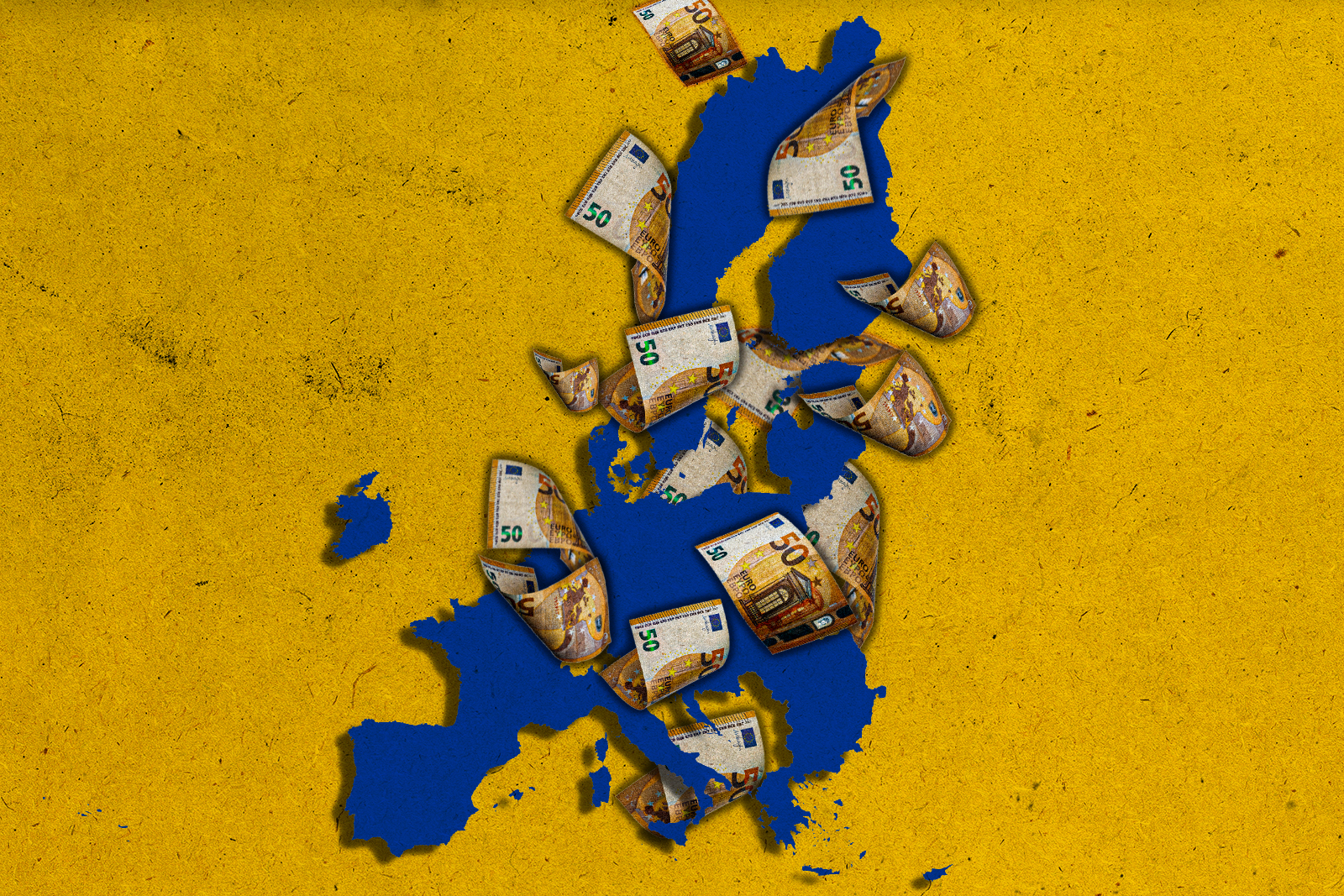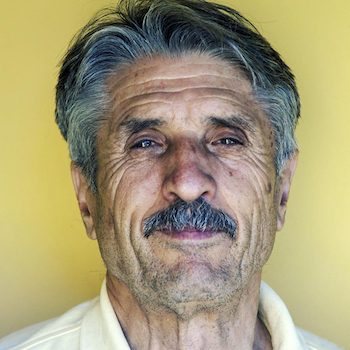
Europe Should Still be Cautious in Tackling Inflation
While Europe has seemingly seen the worst of headline inflation, the continent is not yet out of the woods. Despite sharply declining energy prices, on March 13, Paolo Gentiloni, the European Economy Commissioner, stressed that core inflation – which excludes highly volatile energy and food prices – remains on an upward trajectory with no clear end in sight.
The recent easing of COVID-19 and Ukraine war-related supply chain pressures have helped cool headline inflation, but a tight European labour market could keep core inflation high depending on wage growth, while significant geopolitical and market uncertainty leaves open the possibility of a harsh return of energy and food-driven inflation in 2023.
European governments have introduced a range of anti-inflation measures to shield residents from soaring energy and food prices. However, with inflation likely to remain high, these policies must be carefully designed to avoid past mistakes and unintended consequences.
Food inflation remains stubborn
Over the past year, energy inflation has driven soaring food prices, as businesses across the agri-food chain, from farmers to food processors and transport, have been hit with rising input costs. Take the Italian mozzarella producer Gruppo Francia, whose energy bills at its factory outside of Rome more than tripled in 2022.
Despite overall inflation dropping to single digits in the eurozone due to falling energy prices, food, alcohol, and tobacco inflation stood at 15% in February and continues to rise from last year’s eye-watering 11.9%, including a roughly 30% year-on-year price hike in a crucial staple: eggs. In France, food inflation is partly responsible for an unexpected uptick in annual inflation from 7% in January to 7.3% in February.
With the country’s inflation peak not expected until the summer, this situation has prompted Finance Minister Bruno Le Maire to negotiate consumer cost shielding with France’s largest supermarket chains. From March to June, the “anti-inflation shopping basket” will see French grocery giants offer shoppers “the lowest possible prices” on a range of select items.
Cost-health clash in French supermarkets
Yet certain participating supermarkets are facing criticism for slashing prices on unhealthy items, with the consumer association UFC-Que Choisir highlighting that Système U’s ‘basket’ overwhelmingly favours ready meals and high-sugar beverages over fresh fruits and vegetables. Keen to project a health-conscious image, Carrefour has included 100 products rated Nutri-Score A or B in its list of 200 discounted items.
But while this decision sounds good on paper, shoppers should be aware that Nutri-Score is not a widely reliable arbiter of healthiness. The reality is that many ultra-processed and nutrition-poor products, such as Coca-Cola and Chocapic cereal, receive A or B Nutri-Scores.
Meanwhile, locally produced heritage products, including Bleu d’Auvergne cheese and cured hams, receive the harshest scores of D or E due to their high salt and fat contents, with no regard for their rich nutritional components nor consumers’ habitual moderate consumption habits. Essentially, Carrefour is “excluding healthy and natural foods that have been at the table for centuries in favour of artificial products,” to borrow Italian agriculture association Coldiretti’s assessment of Nutri-Score.
In an open letter addressed to Carrefour CEO Alexandre Bompard in February, FNSEA President Christiane Lambert rightly questions the wisdom of discounting unhealthy products like fizzy drinks, arguing that the priority should be “to improve the food balance for the least well-off.” By providing healthy food vouchers to low-income households, governments could tackle inflation more efficiently and effectively, while delivering better health outcomes.
Overbroad energy price shields
Anti-energy inflation policies have similarly incorporated misguided and counterintuitive components.
Between the post-COVID rebound of 2021 and Russia’s weaponisation of natural gas throughout 2022, the last two years have been the most turbulent in recent history for energy prices. According to the Household Energy Price Index, gas and electricity bills shot up 111% and 69%, respectively, between October 2021 and 2022, putting many Europeans on the brink of fuel poverty.
This crisis has prompted various public policy interventions across Europe. Almost all countries, including France, the UK, and Portugal, have implemented some form of temporary cost control, such as retail price caps and tax reductions, many of which have since been extended or expanded. Certain governments have also adopted a “blanket” approach of fuel subsidies and one-off energy vouchers for both high and low-income households.
While well-intentioned, the International Monetary Fund (IMF) has emphasised that these overbroad energy price shields prop up demand and consumption, thus worsening inflation. Admittedly, energy prices in Europe have dropped significantly from the summer of 2022 peak thanks to a mild winter, alternative gas sourcing, and successful gas storage filling – but this progress is fragile, to say the least.
Long road ahead
Craig Lowrey of Cornwall Insight has pointed out that recent price dips will not immediately translate into cheaper energy bills for consumers and businesses, warning of “a very rocky road…for the coming months and years.”
Unpredictable geopolitical and climate developments over the coming year, namely the possible combination of a total shutdown of Russian gas imports, intense liquified natural gas (LNG) import competition with China, and a cold winter of 2023-24, could send energy prices soaring again. What’s more, Wood Mackenzie energy analyst Massimo Di Odoardo does not expect European gas prices to return to a more stable normality before 2025, when significant quantities of natural gas will begin pouring into the global market.
In this risk landscape, European governments clearly cannot afford complacency. Forecasting that energy prices will remain well above pre-Ukraine war levels for the foreseeable future, the IMF rightly recommends that governments shift away from price-based solutions and wide-spanning handouts to a more targeted approach, namely cash transfers to the most vulnerable households, while financially incentivising energy efficiency practices to avoid prolonged inflation.
Given that inflation in Europe is not going away anytime soon, governments must take the current cooling period to rethink their cost-shielding policies. With a range of supply chain, geopolitical, and domestic economic uncertainties threatening to drive up prices later in 2023, policymakers must ensure that much-needed interventions avoid unwittingly making matters worse.

